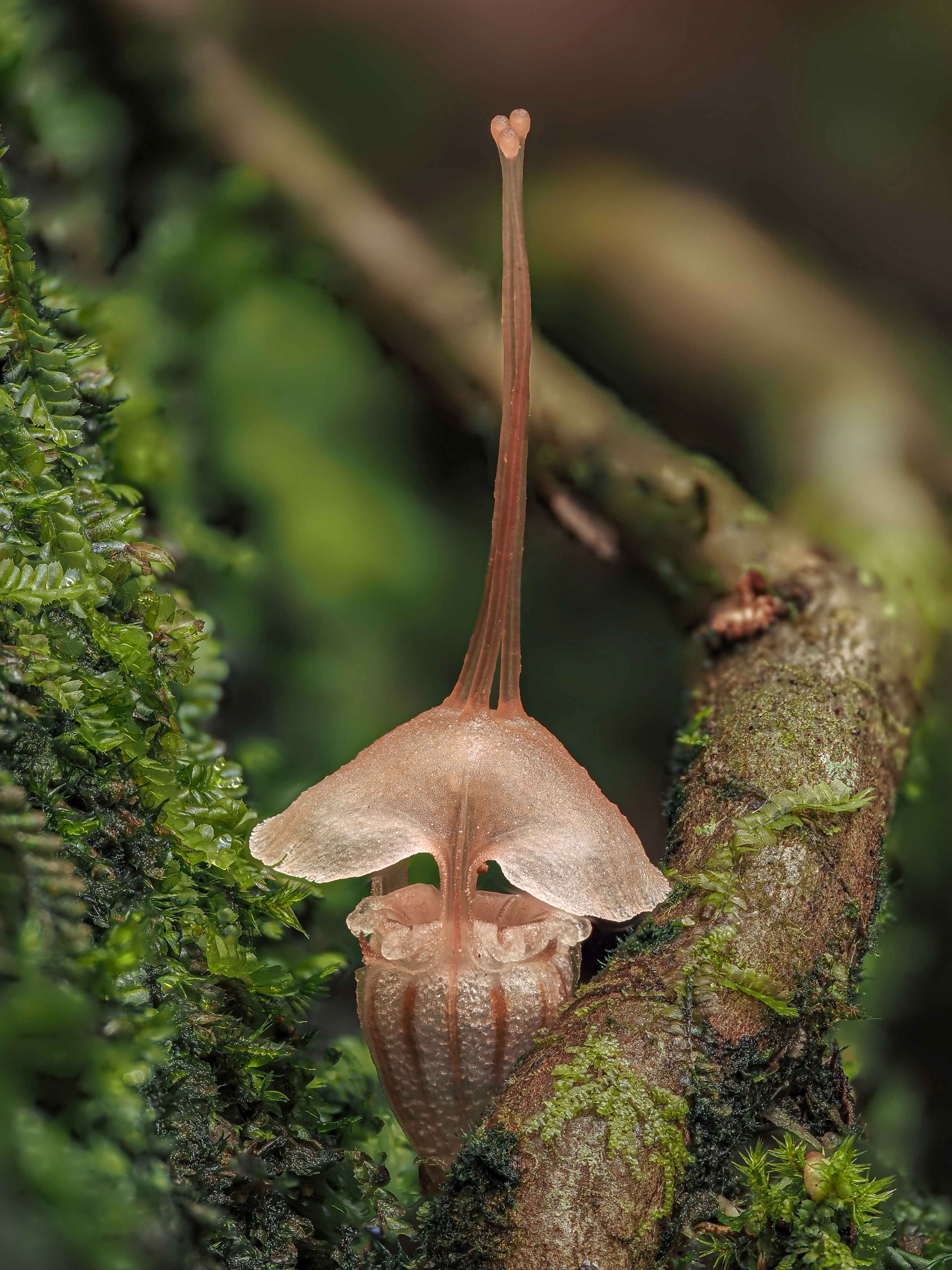January eNews
Happy New Year! Welcome to the January edition of eNews, where we kick off 2026 with research highlights from December.
December's top 5 stories cover protecting premature babies' hearing in incubators to AI unlocking the dark genome's secrets. These picks showcase innovative science tackling health, genetics, refugee experiences, brain flexibility for human-like AI, and oral bacteria's diabetes links.
Our Editor's choice explores how pointing fingers in Old Master paintings like Theodor Rombouts' The Card Players subtly guide our gaze and reshape narratives, revealed through eye-tracking studies. This piece blends art history with psychology for fresh insights.
In our image of the month, discover the critically endangered Thismia selangorensis, a rare "fairy lantern" plant from Malaysia that survives without sunlight via fungal symbiosis—fewer than 20 wild individuals remain.
If you have any questions or feedback, please contact us at news@alphagalileo.org
We hope you enjoy this issue!
The AlphaGalileo News Team
ABSW awards
The Association of British Science Writers (ABSW) Awards are now open for entries, celebrating the best in science journalism, broadcasting, and writing. These prestigious awards recognise outstanding communication of science to diverse audiences and highlight the vital role of storytelling in research and innovation.
As proud media partner, we’re delighted to support the awards and help showcase exceptional talent across the science communication community. Don’t miss your chance to enter and be part of one of the UK’s leading celebrations of science writing excellence.
Find out more about the awards, the categories and how to enter here.
Top 5 from December
1. Children in incubators are particularly vulnerable to hearing loss and brain development damage, published by SINTEF on 12/12/25
Premature babies are particularly susceptible to strong sensory impressions and high sound levels from the incubator. Now researchers will look at what can be done to protect children’s hearing and development.
Read the news
2. Amazon Research Award funding secured by Kingston University London to unlock secrets of the dark genome, published by Kingston University on 05/12/25
A bold new research initiative from Kingston University London aims to revolutionise genetic science by harnessing artificial intelligence, supported by funding from Amazon Science. The project will focus on deciphering the vast, non coding regions of human DNA, often referred to as the dark genome, which hold critical insights into disease and personalised medicine.
Read the news
3. Arts-based methods helped Afghan refugee youth in Iran express their hopes and struggles, published by University of Eastern Finland (UEF Viestintä) on 01/12/25
Arts-based approaches effectively capture the complex and layered experiences of displaced young people, a new study from the University of Eastern Finland shows. Conducted among Afghan refugee youth living in Iran, the study participants were invited to draw and write about their life. Using an arts-based approach and social representations theory, the study explored how young people make sense of life between two cultures and how they envision their future.
Read the news
4. Uncovering brain’s secret to stable yet flexible learning – paving the way for human-like AI, published by KAIST (Korea Advanced Institute of Science and Technology) on 26/12/25
Humans possess a remarkable balance between stability and flexibility, enabling them to quickly establish new plans and adjust goals even in the face of sudden changes. However, "Model-Free reinforcement learning," which is widely used in robotics and exemplified by AlphaGo’s famous match against Lee Sedol, struggle to achieve these two capabilities simultaneously. KAIST's research team has discovered that the secret lies in the unique information processing method within the prefrontal cortex, a principle that could serve as the foundation for developing "Brain-like AI” that is both flexible and stable.
Read the news
5. Do Oral Bacteria from Tooth Infections Worsen Diabetes Risk?, published by Cactus Communications on 03/12/25
New study examines the oral pathogen Porphyromonas gingivalis (Pg) and suggests its influence may extend beyond dental tissues. Researchers investigated whether Pg-driven periapical lesions, localized dental issues, can trigger wider metabolic disturbances through an IL-17–intense inflammatory response. Using sham-controlled mouse models without oral colonization, the researchers compared mice with and without Pg colonization to assess how IL-17 drives both tissue damage and impaired glucose regulation. The study examines whether chronic periapical infections subtly shape metabolic health and whether targeting IL-17 could offer unexpected systemic benefits.
Read the news
Editor's choice
How Pointing Fingers Shape What We See in Old Master Paintings , published by University of Vienna on 16/12/2025
One of the most common human gestures, the pointing finger, appears frequently in Old Master paintings as a guiding cue. However, its influence on viewers' gaze has never been systematically investigated. Researchers in experimental art history at the University of Vienna used eye-tracking methods to analyse whether and how viewers' eyes follow pointing gestures in works by renowned artists such as Raphael, Giorgione, Caravaggio, and Rembrandt. The experiment shows that pointing gestures shape visual attention, but not in the expected linear way. Although the fingers are barely noticed, they spark curiosity about the faces of pointing figures and reshape narrative connections. They also draw the gaze toward the area indicated by the gesture, but the exact choice of target remains flexible. The study was published in Psychology of Aesthetics, Creativity, and the Arts.
Read the news here

Image Caption: Fig. 1: Theodor Rombouts, The Card Players, 17th cent., Royal Museum of Fine Arts, Antwerp, Collection KMSKA-Flemish Community. In this painting, the figure seated on the right points at the card-player while laughing, a gesture that underscores his mockery of the young man's naïveté. The more experienced player, together with the old man on the left, may be acting as accomplices, potentially exchanging covert signals to reveal the young player's cards. Scenes involving deceit and cheating in games of chance were frequent motifs in early modern paintings. C: Theodoor Rombouts, The Card Players, inv.no. 358, photo: Hugo Maertens, Royal Museum of Fine Arts Antwerp - Collection Flemish Community (public domain)
Image of the month
New Critically Endangered ‘Fairy Lantern’ Species Discovered in Malaysia, published by Pensoft Publishers on 02/12/2025
Researchers in Malaysia have discovered a new endemic ‘fairy lantern’ plant species with fewer than 20 individuals known to exist in the wild. They have classified the species as Critically Endangered under IUCN Red List criteria.
Described in the open-access journal PhytoKeys, the peach-to-pink Thismia selangorensis joins the expanding Thismia genus, which includes 120 known species of mycoheterotrophic plants. Unlike familiar phytosynthetic plants, mycoheterotrophic species lack chlorophyll and do not get their energy from the sun. Instead, they depend solely on a parasitic relationship with fungi in the soil for their nutrition.
Read the news

Image caption: Thismia selangorensis. Credit: Gim Siew Tan. CC-BY4.0